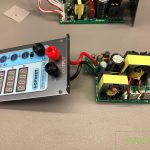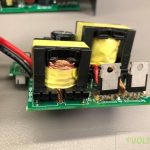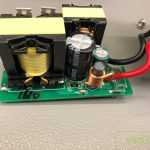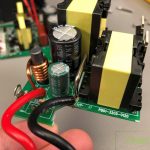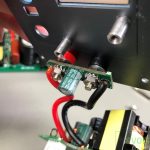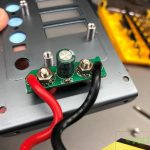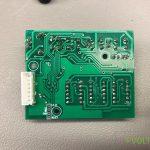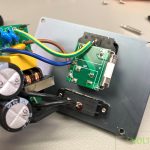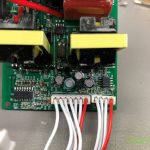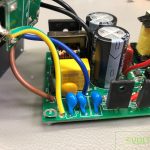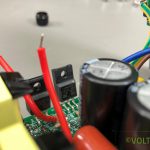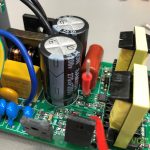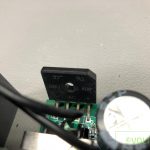Welcome to a new Voltlog, In this video I’m gonna show you what I think it’s the best affordable USB Meter you can get right now in terms of functionality and build quality. The functionality built into this usb meter goes beyond your imagination and it’s hard to even remember all of the different functions this meter will support and the PC app they offer has to be one of the best apps I’ve seen from a Chinese company. It doesn’t mean it’s perfect, might still have a few bugs but definitely the best choice you can make right now.
The meter is branded AVHzY, the model number is CT-3 and full disclosure here, they offered this unit for free for the purpose of this review but they don’t pay me and I have full control over this review. The meter comes in a hard shell case so it’s well protected during shipping and to my surprise I got this in just under 2 weeks while the usual transit times for my packages are in the 3-4 weeks. Inside you get this english quick start guide, there was also a screen protector film which I already installed, it went in there perfectly and I really appreciate having that included because it was the perfect size.
This is the typical USB meter sandwich construction with different layers, this one seems to be using a single PCB in the middle with a couple of metal sheets on the outer layers which makes it feel premium and more rugged than simple plastic. We have the typical USB Type-A connectors for input and output , USB Type C input and output and also a micro USB for PC connection. The LCD is 128*160 pixels at just 1.77” which is not a lot, you can definitely see those pixels but for a small USB Meter I can’t complain, it’s still readable.
